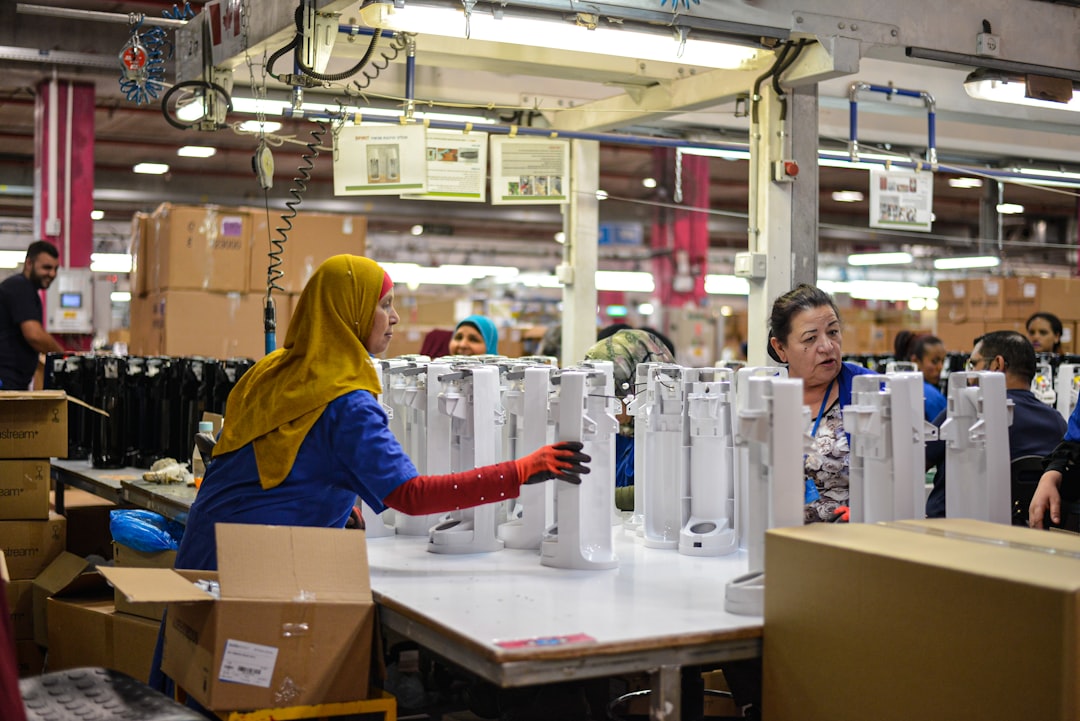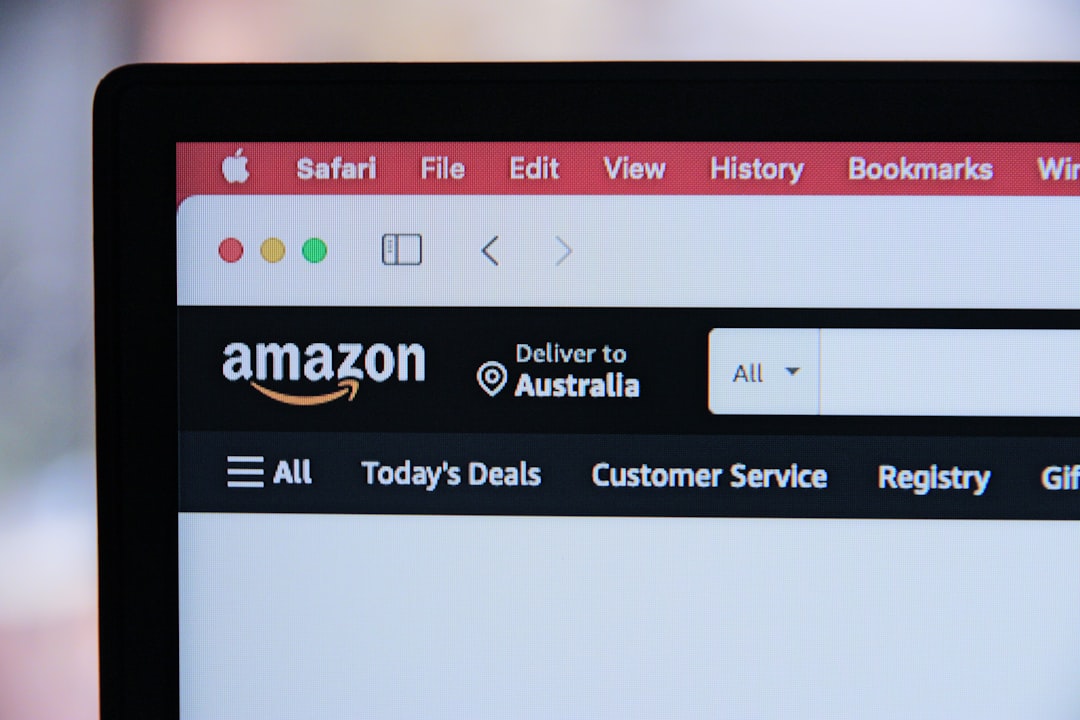Selling your products directly to Amazon can be a transformative strategy for manufacturers and brand owners aiming to expand their reach and gain access to one of the world’s most powerful e-commerce platforms. Known as a first-party (1P) relationship, this model means Amazon becomes your direct customer by purchasing products in bulk and reselling them on their site. This is different from the third-party (3P) seller model, where vendors sell products through Amazon’s marketplace independently.
Engaging with Amazon as a direct supplier offers numerous advantages, but it also comes with unique challenges and expectations. To help you navigate this opportunity effectively, here is a comprehensive guide on how to sell to Amazon directly.
1. Understand the Difference Between 1P and 3P Selling
Before approaching Amazon, it’s crucial to understand the distinction:
- 1P (Vendor Central): You act as a wholesaler. Amazon buys your products, sets prices, and handles customer service and shipping.
- 3P (Seller Central): You sell directly to customers on the Amazon marketplace, manage listings, and are responsible for fulfillment and service.
In this article, we’ll focus on the 1P Vendor Central model, selling directly to Amazon.
2. Qualify for Vendor Central
Unlike Seller Central, Vendor Central is by invitation only. To get on Amazon’s radar:
- Build a strong brand presence, both online and offline.
- Demonstrate consistent sales performance through retail stores or other online marketplaces.
- Attend trade shows where Amazon scouts products.
- Use contact forms and industry networks to proactively pitch your product to Amazon buyers.
Amazon looks for products with high sales potential, strong customer demand, and solid brand reputation.
3. Prepare Your Business for Wholesale Partnership

To establish a successful partnership, you need to be ready to operate like a traditional wholesale supplier. This includes:
- UPC codes and GS1 certification: Amazon requires all products to have valid UPCs from GS1, the global standard for barcodes.
- Packaging and labeling compliance: You must follow Amazon’s packaging and labeling requirements to ensure safe and efficient logistics.
- Ability to meet delivery timelines: Amazon expects strict adherence to PO (Purchase Order) delivery windows and routing instructions.
Ensuring operational readiness helps build trust and long-term success with Amazon’s procurement team.
4. Understand the Vendor Central Workflow
Once accepted, you’ll access the Vendor Central platform where you’ll receive and manage purchase orders (POs), submit product listings, and monitor inventory and performance.
Here is a typical workflow for 1P vendors:
- Receive weekly or bi-weekly purchase orders from Amazon.
- Ship products to Amazon’s fulfillment centers.
- Amazon sets the final retail price and handles sales, fulfillment, and returns.
- You invoice Amazon and receive payment per agreed terms (often Net 30 or Net 60).
Vendors are also expected to maintain adequate stock levels and respond promptly to Amazon’s supply chain requirements.
5. Pricing and Profitability Considerations
One challenging aspect of selling to Amazon as a vendor is the pricing model. Amazon expects competitive wholesale pricing and may request discounts and marketing allowances such as:
- Co-op advertising fees (e.g., for shelf placement or promotions)
- Freight allowance
- Damage and return allowances
While margins can be squeezed, the upside lies in increased volume, brand exposure, and access to Amazon’s massive customer base.
6. Leverage Amazon Marketing and Brand Support Programs

Once on Vendor Central, you gain access to a suite of retailer tools and programs designed to support brands, including:
- Amazon Marketing Services (AMS): Keyword-driven ad tools to boost product visibility.
- A+ Content: Enhanced product descriptions and visuals that improve conversions.
- Retail Analytics Reports: Sales and inventory insights to guide planning.
These features help maximize your success on the platform and cultivate stronger brand loyalty.
7. Be Prepared for Ongoing Management
While Amazon handles many customer-facing responsibilities, Vendor Central still requires active management. Vendors must:
- Monitor chargebacks and deduction reports.
- Respond to operational issues quickly.
- Optimize content and track retail performance.
Failure to maintain standards can result in lost sales or discontinued purchase orders. Dedicated account managers and third-party consulting support can be invaluable for long-term success.
Conclusion
Becoming a first-party vendor to Amazon can unlock a powerful sales channel with global reach, but it is best suited for companies that can meet wholesale demands and maintain strict operational standards. If you’re interested and well-prepared, reaching out to Amazon’s procurement team and making your case with professionalism can set the stage for a game-changing partnership.








